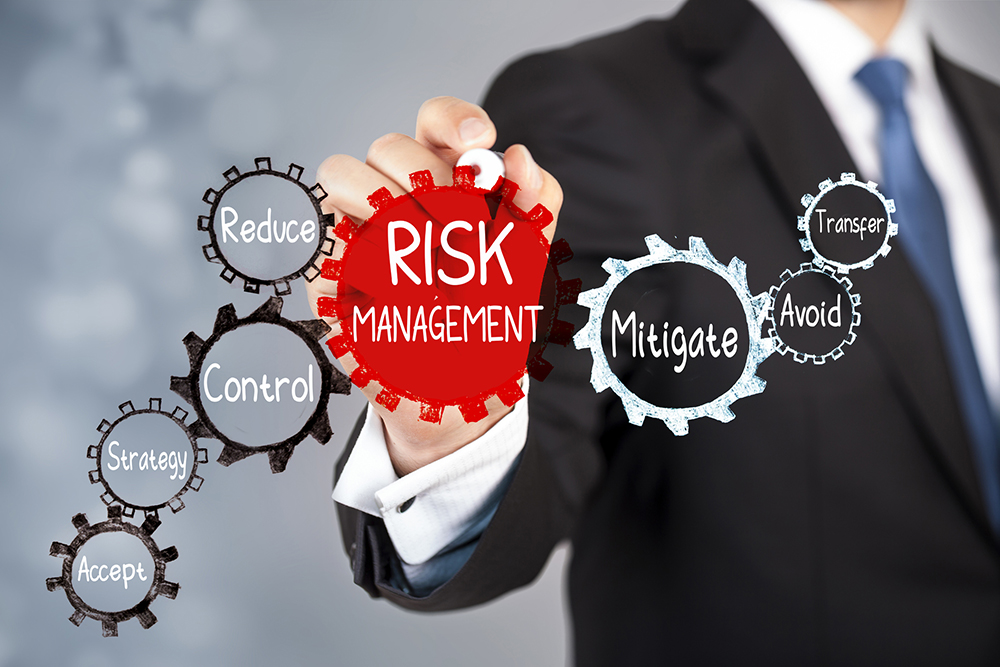Risk management is often thought of as a specialized task that is the responsibility of a discrete team or individual. It may bring to mind images of actuaries or the compliance team poring over data and crunching numbers.
But in a broader sense, risk management is something all employees need to think about. What is the risk that my project won’t get completed on time? What is the risk I may lose a key staff member this year? What is the risk that this initiative will run over budget?
Here, we discuss a basic risk management strategy that is applicable to any organization and any initiative.
Identify Potential Risks
The first step is to understand the risks your company is facing. This can be done through industry analysis of similar companies and should take into account anything unique to your business and organization.
Analyze
Risk analysis is a complex subject, but at the risk of being overly simplistic, risks can be analyzed on two primary metrics: the magnitude of the risks and likelihood of the risks.
For example, a risk that would cause the company to go out of business but has a near-zero chance of occurring is probably less significant than a risk that carries a large financial penalty and is fairly likely to happen within a year.
Rank
After the applicable risks are analyzed, it’s time to rank them according to their severity and likelihood. The most significant, most likely risks should be prioritized first.
Mitigate
Based on the priority determined in the ranking phase, take steps to mitigate risks. If there is a risk of injury from certain equipment in a factory, that might require equipment updates or additional training. If there is a risk of regulatory violation, it could include establishing new processes.
Review/Iterate
Finally, as with any good process improvement, make sure your organization periodically reviews the risk profile and makes any new updates to policies and procedures as necessary.
Risk management is a necessary exercise for all levels of staff in any organization. There is always risk in anything that we do. The key is to identify and manage the risk effectively.

